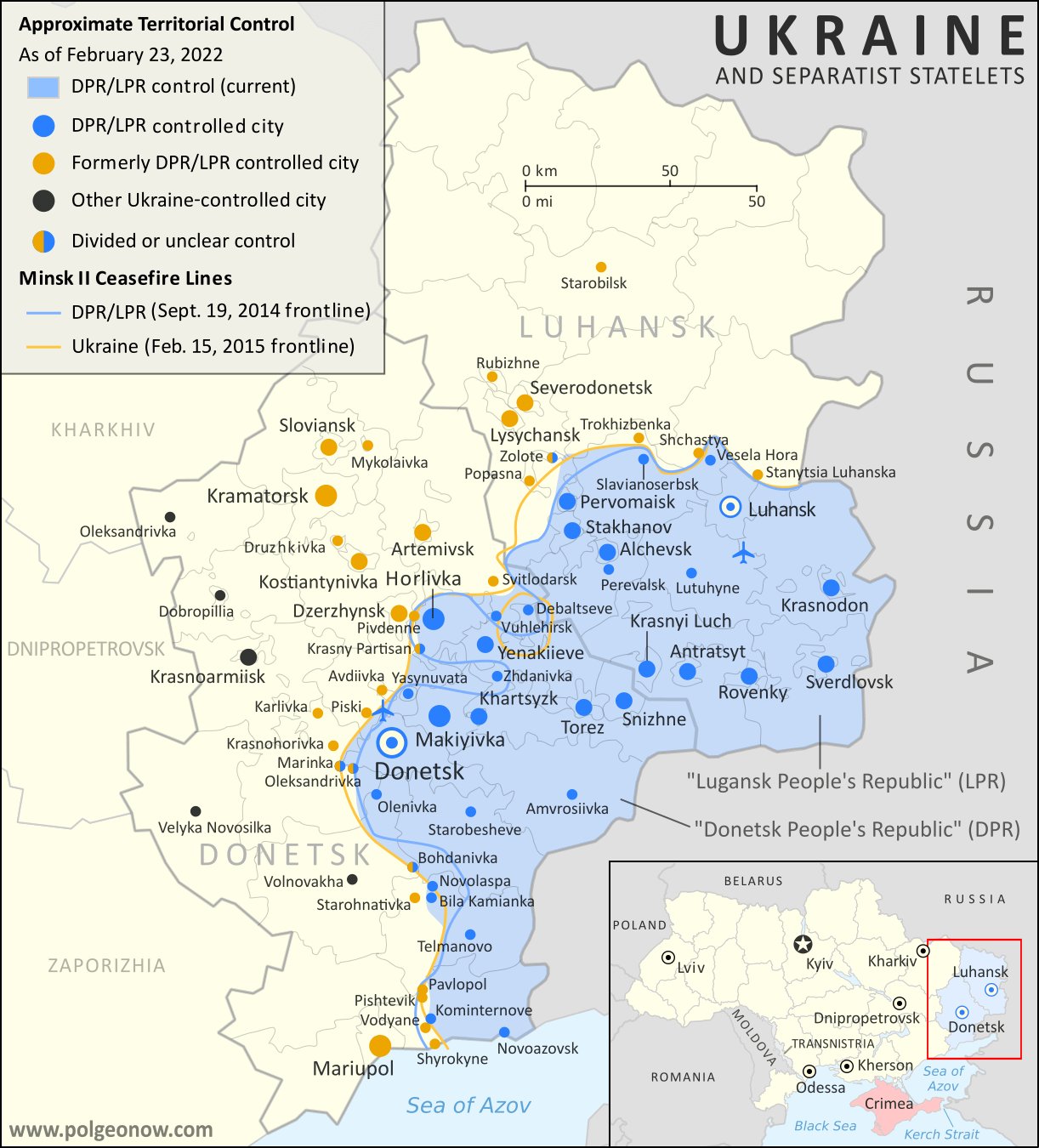PolGeoNow's series of control maps for the Israel/Palestine area is back after a one-year hiatus. We've prepared a group of reports mapping the situation at important points up to today, and will be publishing them one at a time with the idea of catching up over a relatively short period.
SUBSCRIBERS CLICK HERE TO VIEW FULL ARTICLE AND MAP:
Old Portal (members.polgeonow.com) | New Portal (controlmaps.polgeonow.com)
(To see more maps in this series, view all Israel articles or Palestine articles on PolGeoNow.)
Map by Evan Centanni, timeline by Djordje Djukic with Evan Centanni

One year ago, Israel's invasion of neighboring Lebanon was roughly at its peak, just before a ceasefire with Lebanese group Hezbollah that would lead the Israeli troops to gradually withdraw from most of the areas they had advanced into.
Meanwhile, Israeli operations would continue in the Gaza Strip, with the siege of Jabalia and neighboring towns, while both Israeli and Palestinian operations would target Hamas-allied militias in the West Bank.
This map and report are premium content, available to paid subscribers of the PolGeoNow Conflict Mapping Service.
Want to see before you subscribe? Check out our most recent FREE SAMPLE Israel/Palestine map report!
Exclusive map report includes:
- Up-to-date illustration of current territorial control across all areas claimed by either Israel or Palestine, including Hamas and Israeli military control in the Gaza Strip (not in extreme detail), as well as UN peacekeeper deployments just outside the region and areas of Israeli operations within Lebanon during war against Hezbollah
- Closer-up inset map showing the divisions in the West Bank: Israeli military control ("Area C", including Israeli settlements), PLO-affiliated (Fatah) Palestinian jurisdiction ("Area A"), zones of shared administration ("Area B"), and the (annexed) area of Israeli civilian control in East Jerusalem
- Lines illustrating the pre-1967 ceasefire boundaries separating Israel
proper from the Palestinian-claimed Gaza Strip and West Bank, as well as the Syria-claimed Golan Heights
- Labels for contentious areas, like the Gaza Strip, West Bank, Golan Heights, Shebaa Farms, and "no man's land"
- Illustration of which parts of Israel proper are subject to the greatest restrictions by military decree under current war powers: the "Gaza Envelope" in the south and the "Confrontation Line" in the north, and now much of northern Israel and the Golan Heights.
- Detailed indication of city-by-city control, including key towns and other locations important to current events, including in the West Bank and contested towns across the border in Lebanon
- Locations of recent control changes and other important events, including Jabalia, Yaroun, Alma El Chaab, Tubas, Nur Shams, Tammun, Madama, Dura, Al-Khader, and more, as well as the so-called Philadelphi Corridor and Netzarim Corridor in the Gaza Strip
- Detailed timeline of important events and changes to territorial control since October 6, 2024, with links to sources.
SUBSCRIBERS CLICK HERE TO VIEW FULL ARTICLE AND MAP:
Old Portal (members.polgeonow.com) | New Portal (controlmaps.polgeonow.com)
Not signed up yet? Click here to learn more about our professional subscription service!
Can I purchase just this map?
This map and report are not available for automated purchase to non-subscribers. If you need access or republication rights for only this map report, contact service@polgeonow.com for options.





 There are newer editions of this map available. To see them, view all
There are newer editions of this map available. To see them, view all 







